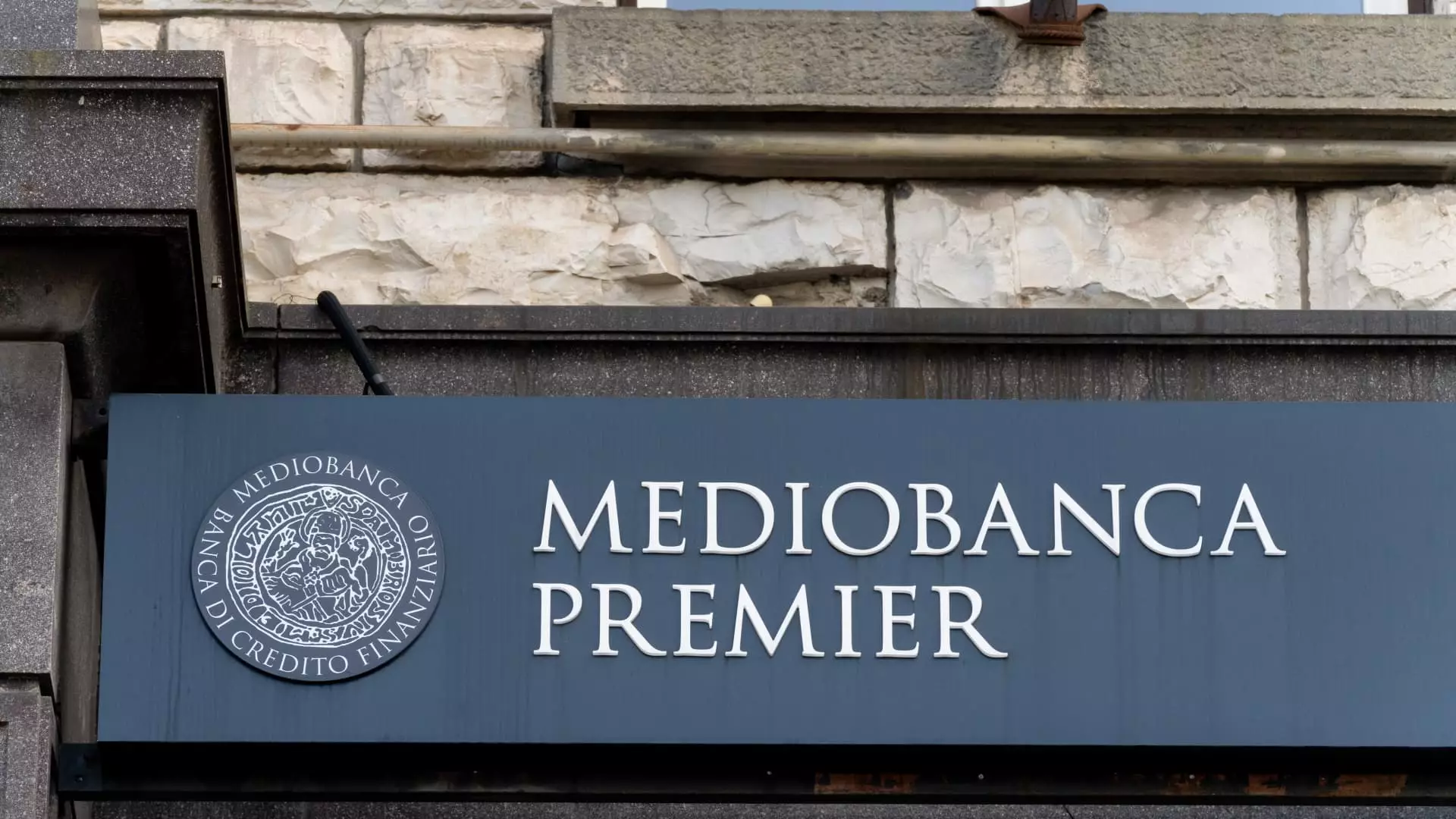The recent rejection of Monte dei Paschi’s (MPS) 13-billion-euro takeover proposal by Mediobanca (MB) marks a critical moment in the ongoing transformation of the Italian banking landscape. This decision, made by shareholders in a notably cautious environment, highlights the complexities and potential pitfalls of consolidation in the banking sector, particularly in Italy, where historical challenges and current financial dynamics intertwine.
Mediobanca communicated its vehement opposition to the takeover, asserting that the offer lacked both industrial and financial rationale. According to their statements, accepting such a proposal would not only threaten Mediobanca’s identity and operational profile but also jeopardize potential benefits for its shareholders. The concern centers around the risk of losing clients, particularly in lucrative sectors like Wealth Management and Investment Banking, which heavily depend on independent, skilled professionals. This refusal indicates that Mediobanca prioritizes its unique market position over potential synergies that could arise from a merger.
The skeptical view prevailing among analysts about the proposed merger resonates with Mediobanca’s concerns. The unease is compounded by the historic context of Monte dei Paschi, which has been struggling for years, requiring state intervention after being deemed a quintessential example of the Italian banking sector’s troubles. The transformation under CEO Luigi Lovaglio has been noted, yet the path forward remains obscured by uncertainties regarding the bank’s strategic direction.
The immediate market response reflected the tension surrounding the bid. Following the announcement, Monte dei Paschi’s shares dropped by 1.32%, while Mediobanca saw a steeper decline of 2.7%. This reaction underscores the fragility in investor sentiment within the sector, raising questions about the long-term impacts of such consolidation attempts. Investors seem to remain doubtful regarding the potential benefits that could be derived from a merger between these two entities, especially given Monte dei Paschi’s turbulent history and unresolved strategy.
An intriguing aspect of this rejection involves the deep interconnections among significant stakeholders. Mediobanca pointed to the substantial cross-shareholdings held by influential investors like Francesco Gaetano Caltagirone and the Delfin holding company, both of which have vested interests in both banks. This intricate web of ownership raises pertinent questions regarding alignment of interests among shareholders in the context of the takeover bid, leading to potential conflicts that could affect the future landscape of the banking sector.
Moreover, the Italian government’s retained stake in Monte dei Paschi further complicates matters. As the state continues to search for ways to privatize the bank post-rescue, the relationship between political ambitions and shareholder interests is becoming increasingly pronounced. The government’s support may be swaying sentiment in ways that do not align with broader shareholder interests, creating a scenario fraught with competing priorities.
The refusal of this bid is indicative of a larger trend in the Italian banking sector. The failed negotiations between UniCredit and Monte dei Paschi, as well as Banco BPM’s recent stake acquisition, have collectively signified a cautious approach towards consolidation. The political landscape, characterized by the government’s dual role as a stakeholder and regulator, introduces an element of unpredictability that requires banking institutions to navigate carefully.
Additionally, the crossing of paths with international players—such as UniCredit’s initiatives in Germany—adds layers of complexity to an already fraught situation. The increasing globalization of banking adds pressure to traditional domestic institutions in Italy, pushing them toward consolidation for survival while raising the stakes for who ultimately controls these entities.
Mediobanca’s rejection of Monte dei Paschi’s takeover bid serves as a case study in the intricacies of the banking landscape. It underscores the importance of strategic alignment, the challenges of stakeholder conflicts, and the impact of broader market and political dynamics on potential banking consolidation efforts. The future trajectory of these institutions will depend heavily on their ability to forge coherent strategies that resonate with both their operational goals and investor expectations.

